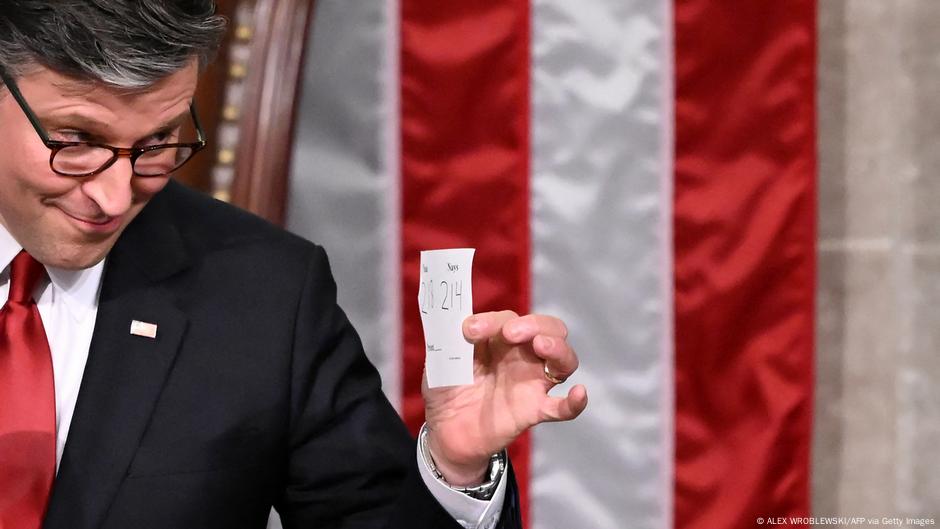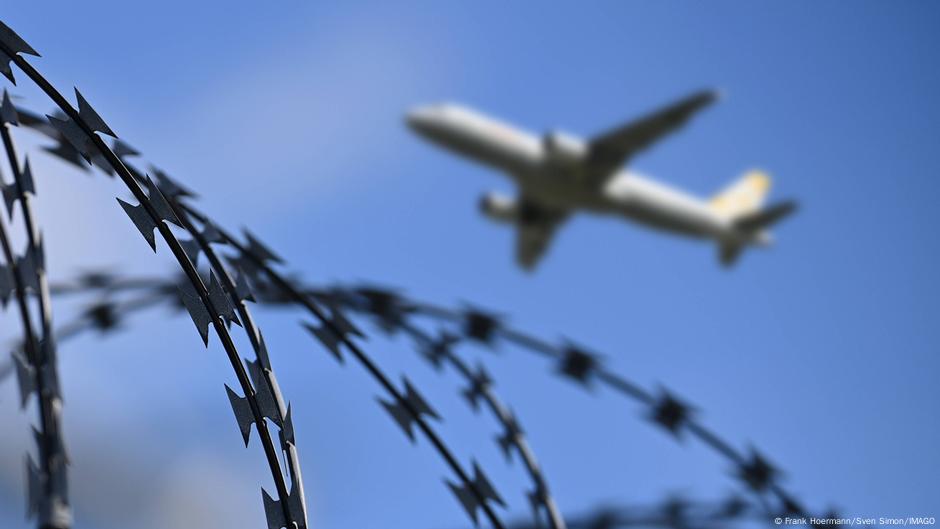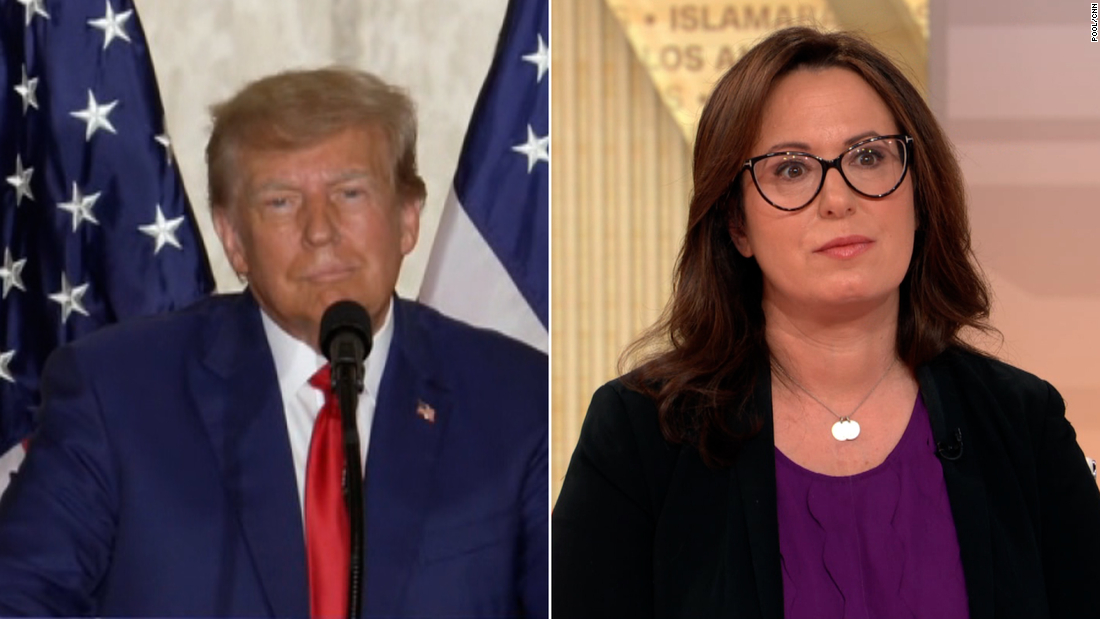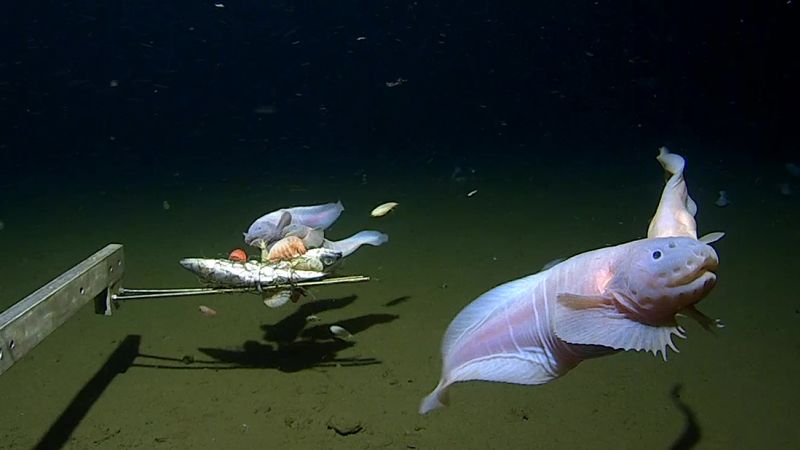Andrew Redington/Getty Images North America/Getty Images St. Louis Post-Dispatch/AP Bettmann Archive/Getty Images Augusta National/Getty Images Augusta National/Getty Images Augusta National/Getty Images David Cannon/Allsport/Getty Images David Cannon/Getty Images Europe/Getty Images Harry How/Getty Images Ezra Shaw / Getty Images Warren Little / Getty Images Donald Miralle/Getty Images Andrew Redington / Getty Images Harry How / Getty Images Jim Watson / AFP via Getty Images Sean M. Haffey / Getty Images Christian Petersen / Getty Images
Golf's biggest meltdowns
Prev Next
Editor’s Note: This story was originally published in April 2023.
CNN —
Slumped on his club, head buried in his arm, Rory McIlroy looked on the verge of tears.
The then-21-year-old had just watched his ball sink into the waters of Rae’s Creek at Augusta National and with it, his dream of winning The Masters, a dream that had looked so tantalizingly close mere hours earlier.
As a four-time major winner and one of the most decorated names in the sport’s history, few players would turn down the chance to swap places with McIlroy heading into Augusta this week.
Yet on Sunday afternoon of April 10, 2011, not a golfer in the world would have wished to be in the Northern Irishman’s shoes.
A fresh-faced, mop-headed McIlroy had touched down in Georgia for the first major of the season with a reputation as the leading light of the next generation of stars.
An excellent 2010 had marked his best season since turning pro three years earlier, highlighted by a first PGA Tour win at the Quail Hollow Championship and a crucial contribution to Team Europe’s triumph at the Ryder Cup.
Yet despite a pair of impressive top-three finishes at the Open and PGA Championship respectively, a disappointing missed cut at The Masters – his first at a major – served as ominous foreshadowing.
McIlroy shot 74 and 77 to fall four strokes short of the cut line at seven-over par, a performance that concerned him enough to take a brief sabbatical from competition.
Harry How / Getty Images
But one year on in 2011, any lingering Masters demons looked to have been exorcised as McIlroy flew round the Augusta fairways.
Having opened with a bogey-free seven-under 65 – the first time he had ever shot in the 60s at the major – McIlroy pulled ahead from Spanish first round co-leader Alvaro Quirós with a second round 69.
It sent him into the weekend holding a two-shot cushion over Australia’s Jason Day, with Tiger Woods a further stroke behind and back in the hunt for a 15th major after a surging second round 66.
And yet the 21-year-old leader looked perfectly at ease with having a target on his back. Even after a tentative start to the third round, McIlroy rallied with three birdies across the closing six holes to stretch his lead to four strokes heading into Sunday.
Andrew Redington / Getty Images
The youngster was out on his own ahead of a bunched chasing pack comprising Day, Ángel Cabrera, K.J. Choi and Charl Schwartzel. After 54 holes, McIlroy had shot just three bogeys.
“It’s a great position to be in … I’m finally feeling comfortable on this golf course,” McIlroy told reporters.
“I’m not getting ahead of myself, I know how leads can dwindle away very quickly. I have to go out there, not take anything for granted and go out and play as hard as I’ve played the last three days. If I can do that, hopefully things will go my way.
“We’ll see what happens tomorrow because four shots on this golf course isn’t that much.”
Timothy A. Clary / AFP via Getty Images
The truth can hurt, and McIlroy was about to prove his assessment of Augusta to be true in the most excruciating way imaginable.
His fourth bogey of the week arrived immediately. Having admitted to expecting some nerves at the first tee, McIlroy sparked a booming opening drive down the fairway, only to miss his putt from five feet.
Three consecutive pars steadied the ship, but Schwartzel had the wind in his sails. A blistering birdie, par, eagle start had seen him draw level at the summit after his third hole.
A subsequent bogey from the South African slowed his charge, as McIlroy clung onto a one-shot lead at the turn from Schwartzel, Cabrera, Choi, and a rampaging Woods, who shot five birdies and an eagle across the front nine to send Augusta into a frenzy.
Despite his dwindling advantage and the raucous Tiger-mania din ahead of him, McIlroy had responded well to another bogey at the 5th hole, draining a brilliant 20-foot putt at the 7th to restore his lead.
The fist pump that followed marked the high-water point of McIlroy’s round, as a sliding start accelerated into full-blown free-fall at the par-four 10th hole.
His tee shot went careening into a tree, ricocheting to settle between the white cabins that separate the main course from the adjacent par-three course. It offered viewers a glimpse at a part of Augusta rarely seen on broadcast, followed by pictures of McIlroy anxiously peering out from behind a tree to track his follow-up shot.
Andrew Redington / Getty Images
Though his initial escape was successful, yet another collision with a tree and a two-putt on the green saw a stunned McIlroy eventually tap in for a triple bogey. Having led the field one hole and seven shots earlier, he arrived at the 11th tee in seventh.
By the time his tee drive at the 13th plopped into the creek, all thoughts of who might be the recipient of the green jacket had long-since switched away from the anguished youngster. It had taken him seven putts to navigate the previous two greens, as a bogey and a double bogey dropped him to five-under – the score he had held after just 11 holes of the tournament.
Mercifully, the last five holes passed without major incident. A missed putt for birdie from five feet at the final hole summed up McIlroy’s day, though he was given a rousing reception as he left the green.
video
Related video Sunday at the Masters
Mere minutes earlier, the same crowd had erupted as Schwartzel sunk his fourth consecutive birdie to seal his first major title. After starting the day four shots adrift of McIlroy, the South African finished 10 shots ahead of him, and two ahead of second-placed Australian duo Jason Day and Adam Scott.
McIlroy’s eight-over 80 marked the highest score of the round. Having headlined the leaderboard for most of the week, he finished tied-15th.
Urmărește cele mai importante știri
Robyn Beck / AFP via Getty Images
Tears would flow during a phone call with his parents the following morning, but at his press conference, McIlroy was upbeat.
“I’m very disappointed at the minute, and I’m sure I will be for the next few days, but I’ll get over it,” he said.
“I was leading this golf tournament with nine holes to go, and I just unraveled … It’s a Sunday at a major, what it can do.
“This is my first experience at it, and hopefully the next time I’m in this position I’ll be able to handle it a little better. I didn’t handle it particularly well today obviously, but it was a character-building day … I’ll come out stronger for it.”
Once again, McIlroy would be proven right.
Just eight weeks later in June, McIlroy rampaged to an eight-shot victory at the US Open. Records tumbled in his wake at Congressional, as he shot a tournament record 16-under 268 to become the youngest major winner since Tiger Woods at The Masters in 1997.
Jim Watson / AFP via Getty Images
The historic victory kickstarted a golden era for McIlroy. After coasting to another eight-shot win at the PGA Championship in 2012, McIlroy became only the third golfer since 1934 to win three majors by the age of 25 with triumph at the 2014 Open Championship.
Before the year was out, he would add his fourth major title with another PGA Championship win.
And much of it was owed to that fateful afternoon at Augusta. In an interview with the BBC in 2015, McIlroy dubbed it “the most important day” of his career.
“If I had not had the whole unravelling, if I had just made a couple of bogeys coming down the stretch and lost by one, I would not have learned as much.
“Luckily, it did not take me long to get into a position like that again when I was leading a major and I was able to get over the line quite comfortably. It was a huge learning curve for me and I needed it, and thankfully I have been able to move on to bigger and better things.
“Looking back on what happened in 2011, it doesn’t seem as bad when you have four majors on your mantelpiece.”
Tom Pennington / Getty Images
McIlroy’s contentment came with a caveat: it would be “unthinkable” if he did not win The Masters in his career.
Yet as he prepares for his 15th appearance at Augusta National this week, a green jacket remains an elusive missing item from his wardrobe.
Despite seven top-10 finishes in his past 10 Masters outings, the trophy remains the only thing separating McIlroy from joining the ranks of golf immortals to have completed golf’s career grand slam of all four majors in the modern era: Gene Sarazen, Ben Hogan, Gary Player, Jack Nicklaus, and Tiger Woods.
Mike Mulholland / Getty Images
A runner-up finish to Scottie Scheffler last year marked McIlroy’s best finish at Augusta, yet arguably 2011 remains the closest he has ever been to victory. A slow start in 2022 meant McIlroy had begun Sunday’s deciding round 10 shots adrift of the American, who teed off for his final hole with a five-shot lead despite McIlroy’s brilliant 64 finish.
video
Related video Rory McIlroy: I will win the Masters
At 33 years old, time is still on his side. Though 2022 extended his major drought to eight years, it featured arguably his best golf since that golden season in 2014.
And as McIlroy knows better than most, things can change quickly at Augusta National.
Sursa: CNN









